Retail / Residential Construction System in Intelligent Construction
Retail/Residential construction in intelligent construction refers to the design and construction of mixed-use developments that combine both retail and residential spaces within a single complex or building. The focus of such construction is on integrating advanced technologies and smart systems to create multifunctional, efficient, and sustainable environments that cater to both residential and commercial needs.

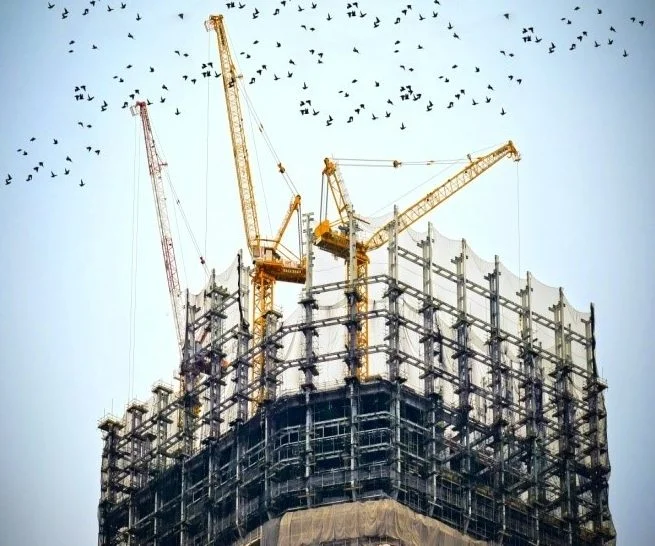
Intelligent Construction Shaping the Future of Retail and Residential Spaces
Key Aspects and Components of Retail/Residential Construction in Intelligent Construction:
Design Integration:
- Architects and designers work to harmonize the design of retail and residential spaces, optimizing aesthetics, functionality, and space utilization.
- Sustainable design principles are incorpo rated to reduce environmental impact and operational costs.
Mixed-Use Facilities:
- Retail/Residential developments typically include ground-floor retail spaces, such as shops, restaurants, or offices, with residential units above or adjacent.
- Design encourages pedestrian-friendly access to retail areas for both residents and visitors.
Intelligent Design Integration:
- Building Information Modeling (BIM) is used to create unified 3D models that encompass both the retail and residential components, ensuring seamless coordination.
- Smart building features are integrated into both the retail and residential areas, optimizing energy use, security, and comfort.
Construction Phase:
- Modern construction methods and materials are used to facilitate efficient construction while maintaining quality.
- Energy-efficient systems, including shared HVAC and lighting solutions, are employed to reduce operational costs.
Single Family Home Construction:
Single Family Home Construction in intelligent construction refers to the design and construction of single-family residential properties (detached homes) with a strong emphasis on integrating advanced technologies and smart systems to create comfortable, efficient, and sustainable living environments. The primary focus is on enhancing the quality of life for homeowners through modern amenities, energy efficiency, safety features, and convenience.
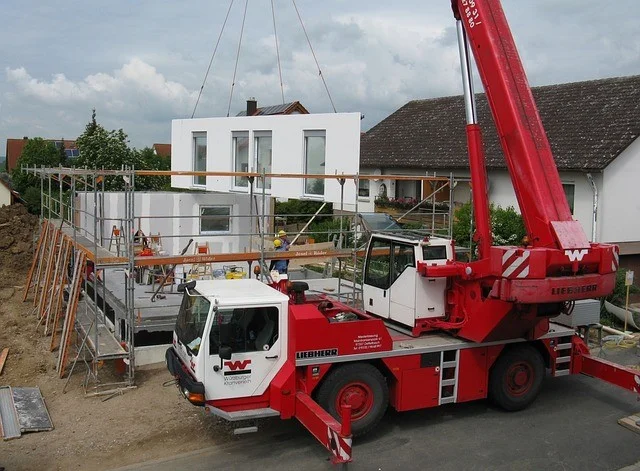
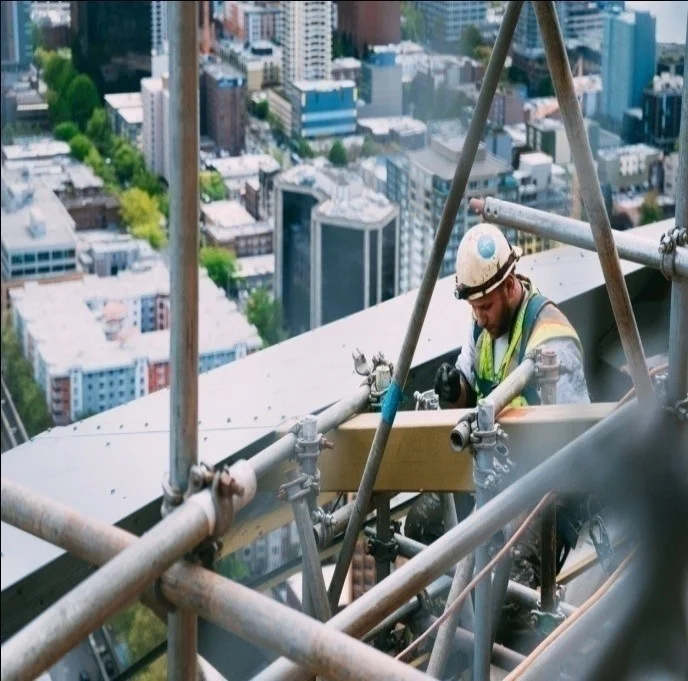
Progressing with Precision: A Single Family Home Emerges
Key Aspects and Components of Single Family Home Construction in Intelligent Construction:
Design and Planning:
- Architects and designers collaborate to create functional, aesthetically pleasing home designs that maximize space and natural lighting.
- Sustainable design principles are integrated, such as passive solar design and efficient space utilization.
Intelligent Design Integration:
- Building Information Modeling (BIM) is used to create detailed 3D models that encompass architectural, structural, and technological elements.
- Smart home features and systems are integrated into the design for automation and convenience.
Intelligent Systems Integration:
- Smart Home Systems: Homes are equipped with smart systems for lighting, heating, cooling, security, and entertainment.
- Home automation allows homeowners to control various aspects of their homes remotely.
Energy Efficiency:
- Homes are designed to meet or exceed energy efficiency standards, often incorporating features like solar panels, energy-efficient appliances, and advanced insulation.
Working of Single Family Home Construction in Intelligent Construction:
Design and Planning:
- The process begins with an assessment of the homeowner’s needs and preferences. Architects and designers work closely with the homeowner to understand their vision for the home.
- Architects create detailed plans and blueprints that encompass the layout, aesthetics, and functionality of the home. Sustainable design principles may be integrated to optimize energy efficiency.
Intelligent Design Integration:
- BIM technology is used to create 3D models that encompass architectural, structural, and technological elements. This ensures precise coordination of design components.
- The design includes the integration of smart home features and systems, such as automated lighting, heating, cooling, security, and entertainment systems.
Construction Phase:
- Construction employs contemporary construction techniques and materials to ensure quality and efficiency.
- Energy-efficient building materials and practices are used, including insulation, windows, and roofing designed to minimize heat loss or gain.
Intelligent Systems Integration:
- The home is equipped with smart systems that allow homeowners to control various aspects of their homes, including lighting, climate, security, and entertainment, through mobile apps or voice commands.
- Smart thermostats, energy-efficient appliances, and renewable energy sources like solar panels may be integrated to optimize energy consumption.
Applications of Single-Family Home Construction System in Intelligent Construction:
- Custom Homes: Intelligent construction is applied to custom-built homes, allowing homeowners to tailor their residences to their specific preferences and requirements, including smart home features and energy-efficient systems.
- Suburban Housing Developments: Suburban housing projects incorporate intelligent construction principles to create smart communities with energy-efficient homes, integrated technology, and shared amenities.
- Urban Housing: In urban areas, single-family homes are constructed with space-saving designs and smart systems, catering to the needs of urban dwellers who value modern amenities and technology.
- Luxury Homes: High-end luxury homes often feature intelligent construction, offering homeowners sophisticated automation systems, energy-efficient solutions, and advanced security features.
Multi-Family Home Construction System:
Multi-Family Home Construction in intelligent construction refers to the design and construction of residential buildings or complexes that contain multiple individual housing units within a single structure. These housing units can range from apartments and condominiums to townhouses or duplexes, and the construction process emphasizes the integration of advanced technologies and smart systems to create efficient, comfortable, and sustainable living environments for multiple families or households.
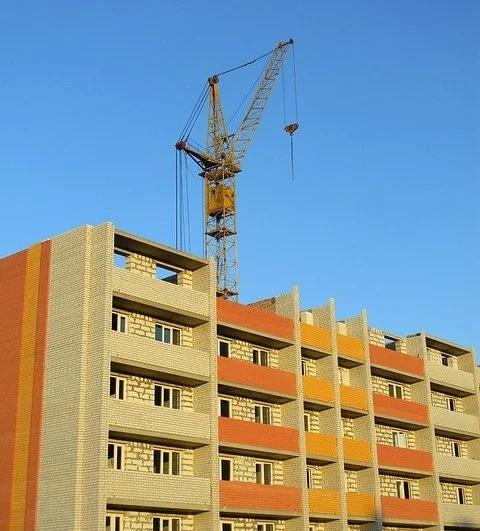
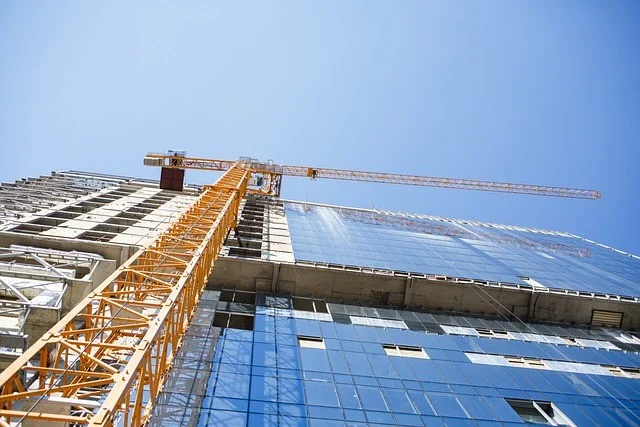
Intelligent Construction is developing a Multi Family Residential
Key Aspects and Components of Multi-Family Home Construction In Intelligent Construction:
Design and Planning:
- Architects and designers collaborate to create efficient floor plans and layouts that maximize space utilization while adhering to local zoning regulations.
- Sustainable design principles are incorporated to reduce environmental impact and operational costs.
Intelligent Design Integration:
- Building Information Modeling (BIM) is used to create detailed 3D models that encompass architectural, structural, and technological elements.
- Smart building features and systems are integrated into the design to optimize energy use, security, and convenience.
Construction Phase:
- Modern construction methods and materials are employed to expedite construction while maintaining quality.
- Energy-efficient building materials and practices are used to reduce energy consumption and environmental impact.
Intelligent Systems Integration:
- Smart Building Systems: The multi-family complex is equipped with smart systems that control lighting, heating, cooling, security, and access, offering centralized control and efficiency.
- Home Automation: Individual housing units may have smart home features like automated lighting, temperature control, and integrated entertainment systems.
Working of Multi-Family Home Construction in Intelligent Construction:
Design and Planning:
- The process begins with an assessment of the housing needs and preferences of the target residents.
- Architects and designers work on creating efficient floor plans and layouts that maximize space utilization and adhere to local zoning regulations.
Intelligent Design Integration:
- BIM technology is used to create detailed 3D models that encompass architectural, structural, and technological elements, ensuring precise coordination.
- Smart building features and systems are integrated into the design, including centralized controls for lighting, heating, cooling, security, and access.
Construction Phase:
- Contemporary construction methods and materials are employed to expedite construction while maintaining quality.
- Energy-efficient building materials, insulation, and practices are used to reduce energy consumption and environmental impact.
Intelligent Systems Integration:
- The housing complex is equipped with smart systems that control various aspects, such as lighting, climate, security, and access.
- Individual housing units may have smart home features like automated lighting, temperature control, and integrated entertainment systems.
Applications of Multi-Family Home Construction System in Intelligent Construction:
- Apartment Complexes: Multi-family construction is commonly used to create apartment complexes, providing rental housing for individuals and families in urban, suburban, or rural areas.
- Condominiums: Condominium developments offer individually owned units within a larger complex, with shared amenities and intelligent systems for convenience and security.
- Townhouse Communities: Multi-family construction is utilized to create townhouse communities, offering homeownership with shared amenities, and often integrating smart home technology for modern living.
- Senior Housing: Senior living communities and assisted living facilities may incorporate multi-family construction with intelligent systems to provide safe and comfortable environments for seniors.
Manufacturing Construction System:
Manufacturing Construction in intelligent construction refers to the design and construction of industrial facilities or manufacturing plants with a strong emphasis on integrating advanced technologies and smart systems to create efficient, safe, and sustainable spaces for manufacturing and production processes. These facilities are often used for the production of goods, processing raw materials, or conducting research and development activities.
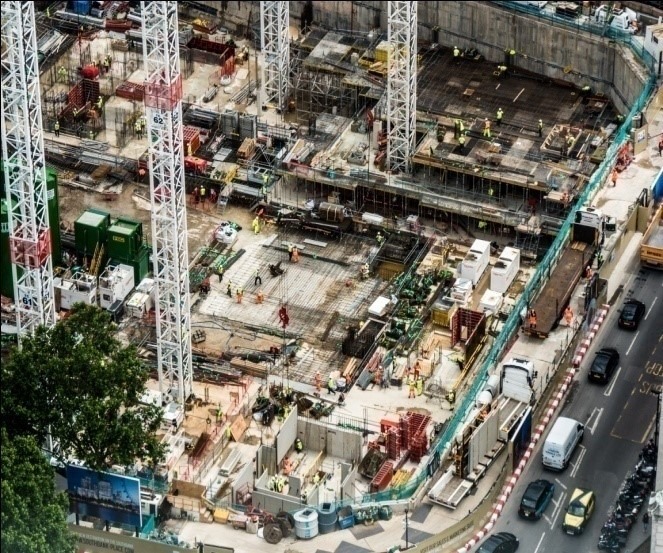
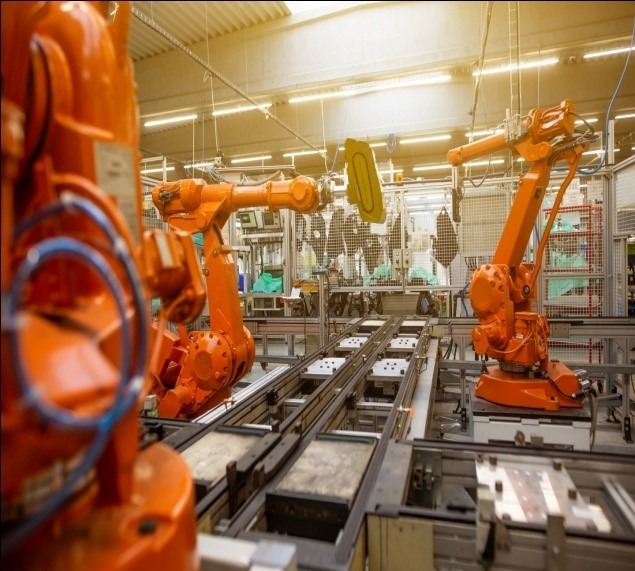
Manufacturing Construction use Intelligent Construction for Development
Key Aspects and Components of Manufacturing Construction in Intelligent Construction:
Design and Planning:
- The process begins with a thorough assessment of the manufacturing requirements, including production processes, equipment needs, and safety considerations.
- Architects and engineers collaborate to create designs that optimize workflow, safety, and energy efficiency.
Intelligent Design Integration:
- BIM technology is used to create detailed 3D models that encompass architectural, structural, and technological elements, facilitating coordination and efficient construction.
- Smart design includes the layout of production areas, storage spaces, and utility connections to maximize efficiency and adaptability.
Construction Phase:
- Construction employs contemporary construction methods and materials to ensure quality and cost-efficiency.
- The construction may involve the installation of specialized infrastructure for utilities, waste management, and process-specific requirements.
Intelligent Systems Integration:
- Manufacturing facilities are equipped with IIoT devices and sensors that collect data on production processes, equipment performance, and energy usage.
- Automation systems control manufacturing processes, improving accuracy, consistency, and efficiency.
Working Of Manufacturing Construction In Intelligent Construction:
Needs Assessment and Planning:
- The process begins with a comprehensive assessment of the manufacturing requirements, including the type of products to be manufactured, production volumes, and specific processes involved.
- The selection of an appropriate location for the manufacturing facility is crucial, considering factors like proximity to suppliers, transportation routes, and access to utilities.
Design and Engineering:
- Architects and engineers collaborate to create designs that meet the specific needs of the manufacturing process. This includes the layout of production areas, utility connections, and structural elements.
- Building Information Modeling (BIM) is used to create detailed 3D models that encompass architectural, structural, and technological elements. BIM facilitates precise coordination and efficient construction.
Construction Phase:
- The construction phase involves the use of modern construction methods and materials to ensure the facility’s quality, durability, and cost-effectiveness.
- Specialized infrastructure, including utilities, HVAC systems, wastewater treatment, and electrical systems, is installed to support the manufacturing process.
Intelligent Systems Integration:
- Manufacturing facilities are equipped with IIoT devices and sensors strategically placed to collect real-time data on production processes, equipment performance, and environmental conditions.
- Automation systems are integrated to control manufacturing processes, optimize workflow, and reduce manual labor. Robotics may be used for tasks that require precision and consistency.
Applications Of Manufacturing Construction System In Intelligent Construction:
- Automotive Manufacturing: Manufacturing facilities for automobiles and components integrate intelligent construction to optimize production lines, quality control, and supply chain management.
- Aerospace and Aviation: Aircraft manufacturing plants utilize intelligent construction to create efficient assembly lines, precise quality control, and integrated systems for aircraft production.
- Pharmaceutical Manufacturing: Pharmaceutical companies employ intelligent construction to design and build facilities for drug production, ensuring compliance with stringent regulations and precise manufacturing processes.
- Electronics Manufacturing: Electronics manufacturers use intelligent construction to create clean and controlled environments for the production of microelectronics, semiconductors, and electronic components.
Tunnel Construction System:
Tunnel Construction in intelligent construction refers to the design and construction of tunnels, underground passages, and subterranean infrastructure using advanced technologies and smart systems. These tunnels can serve various purposes, including transportation, utilities, mining, and civil engineering projects. The integration of intelligent construction principles enhances safety, efficiency, and functionality.
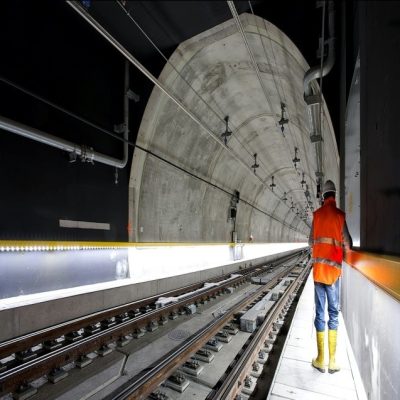
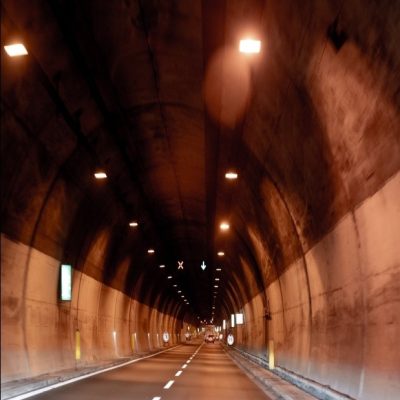
Key Aspects and Components of Tunnel Construction In Intelligent Construction:
Design and Planning:
- Comprehensive geological and geotechnical surveys are conducted to assess soil and rock conditions, helping to determine the tunnel’s alignment, depth, and construction method.
- Engineers and architects collaborate to design tunnel structures that meet safety, load-bearing, and aesthetic requirements.
Intelligent Design Integration:
- BIM technology is used to create 3D models of the tunnel and surrounding infrastructure, allowing for precise planning and coordination.
- Design includes the integration of smart tunnel systems for ventilation, lighting, communication, and monitoring.
Construction Phase:
- Modern tunnel construction often involves the use of TBMs, which are advanced machines that excavate tunnels with precision and efficiency.
- Cut-and-Cover: In some cases, tunnels are constructed using cut-and-cover methods, where a trench is excavated, and the tunnel is built within it before covering it up.
Intelligent Systems Integration:
- Smart tunnel management systems monitor conditions within the tunnel, including air quality, temperature, and traffic flow.
- Advanced safety systems, such as fire detection and suppression, are integrated for the protection of tunnel users.
Working of Tunnel Construction in Intelligent Construction:
Design and Planning:
- The process begins with a comprehensive assessment of the purpose of the tunnel, geological conditions, environmental impact, and safety considerations.
- Detailed geological and geotechnical surveys are conducted to understand the soil and rock conditions along the tunnel route.
Intelligent Design Integration:
- BIM technology is used to create 3D models of the tunnel and its surroundings, facilitating precise planning, coordination, and visualization.
- The design includes the integration of smart systems for ventilation, lighting, communication, monitoring, and automation to enhance safety and efficiency.
Construction Phase:
- In many modern tunnel construction projects, TBMs are used. These sophisticated machines excavate tunnels with precision and efficiency, reducing manual labor.
- In some cases, cut-and-cover construction methods are employed, where a trench is excavated, and the tunnel is built within it before being covered.
Intelligent Systems Integration:
- Smart tunnel management systems continuously monitor conditions within the tunnel, including air quality, temperature, traffic flow, and structural integrity.
- Advanced safety systems, such as fire detection, suppression, and emergency response, are integrated to ensure the safety of tunnel users.
Applications of Tunnel Construction System in Intelligent Construction:
Transportation Tunnels:
- Road Tunnels: These tunnels are used to facilitate road transportation through mountains, under bodies of water, or in densely populated urban areas.
- Railway Tunnels: Railway tunnels enable the efficient movement of trains through challenging terrains or urban environments.
Utility Tunnels:
- Water Supply Tunnels: Tunnels are used to transport and distribute water, ensuring a reliable supply to communities and industrial facilities.
- Sewage and Wastewater Tunnels: Underground tunnels are employed to convey sewage and wastewater for treatment or disposal, reducing environmental impact.
Mining Tunnels:
- Underground mining tunnels are constructed to access ore deposits, minerals, and resources efficiently and safely.
- Access Tunnels: These tunnels provide access to underground mining operations and are equipped with ventilation and safety systems.
Hydroelectric Tunnels:
- Tunnels are used to divert water from natural sources to power hydroelectric generators, producing clean energy.